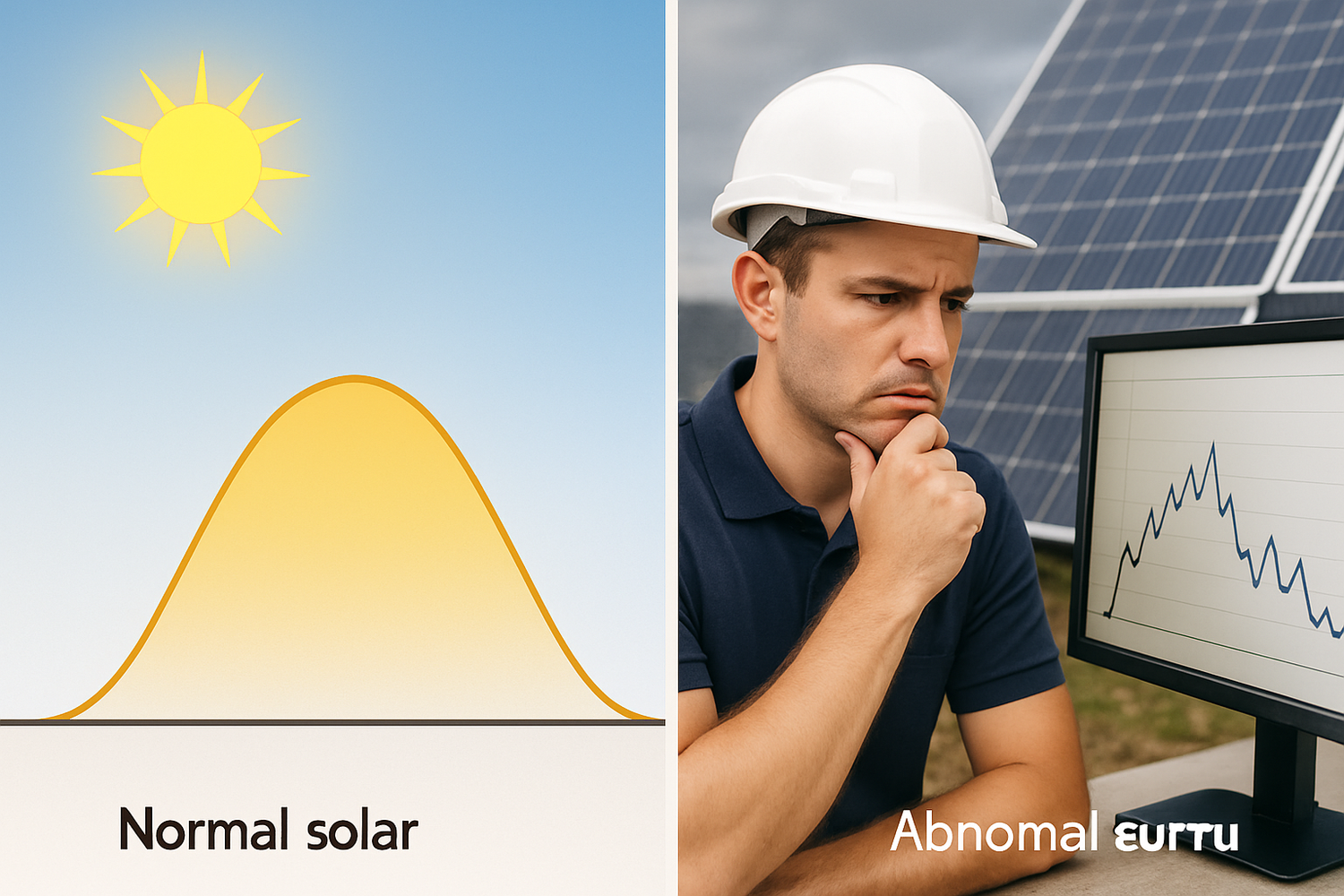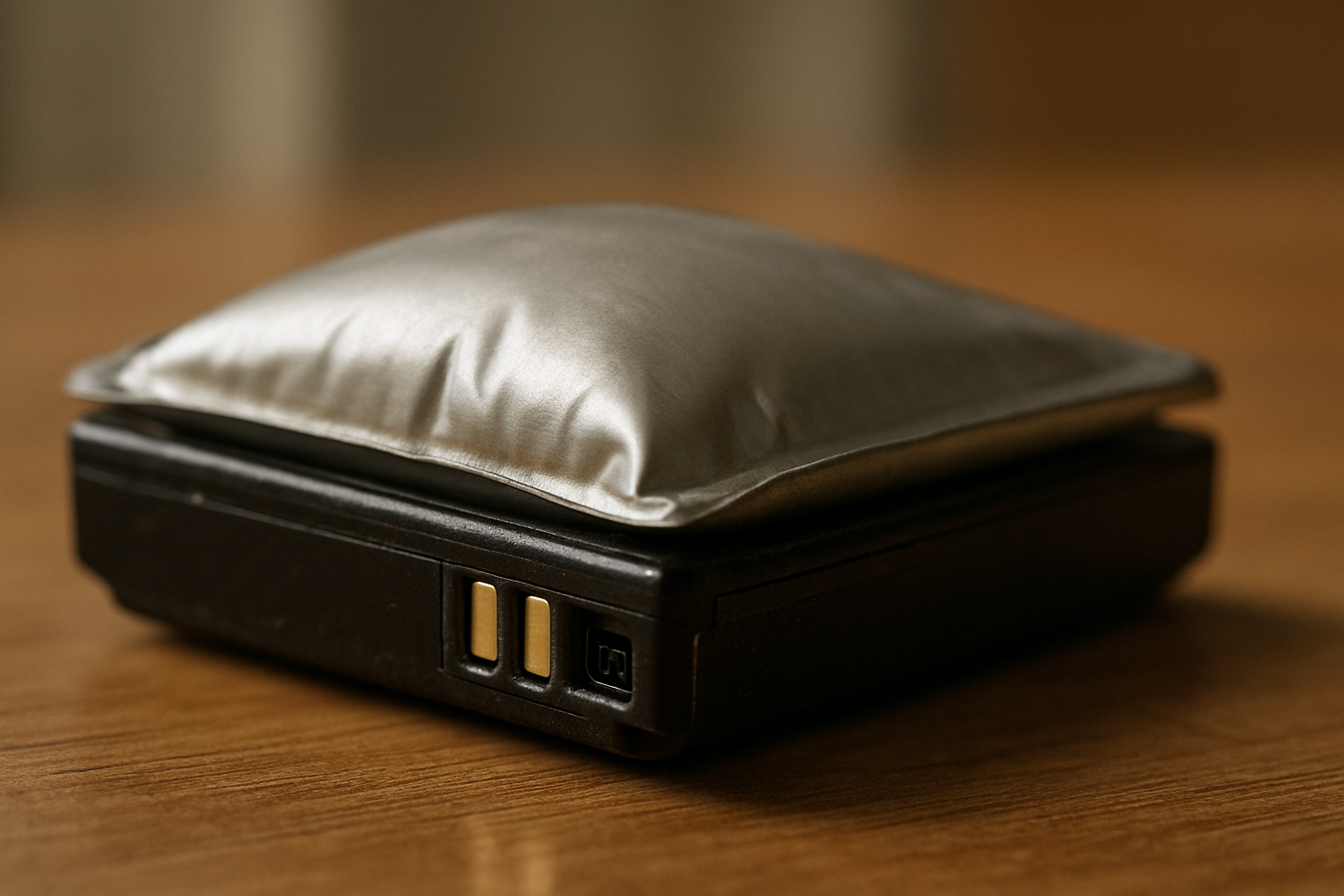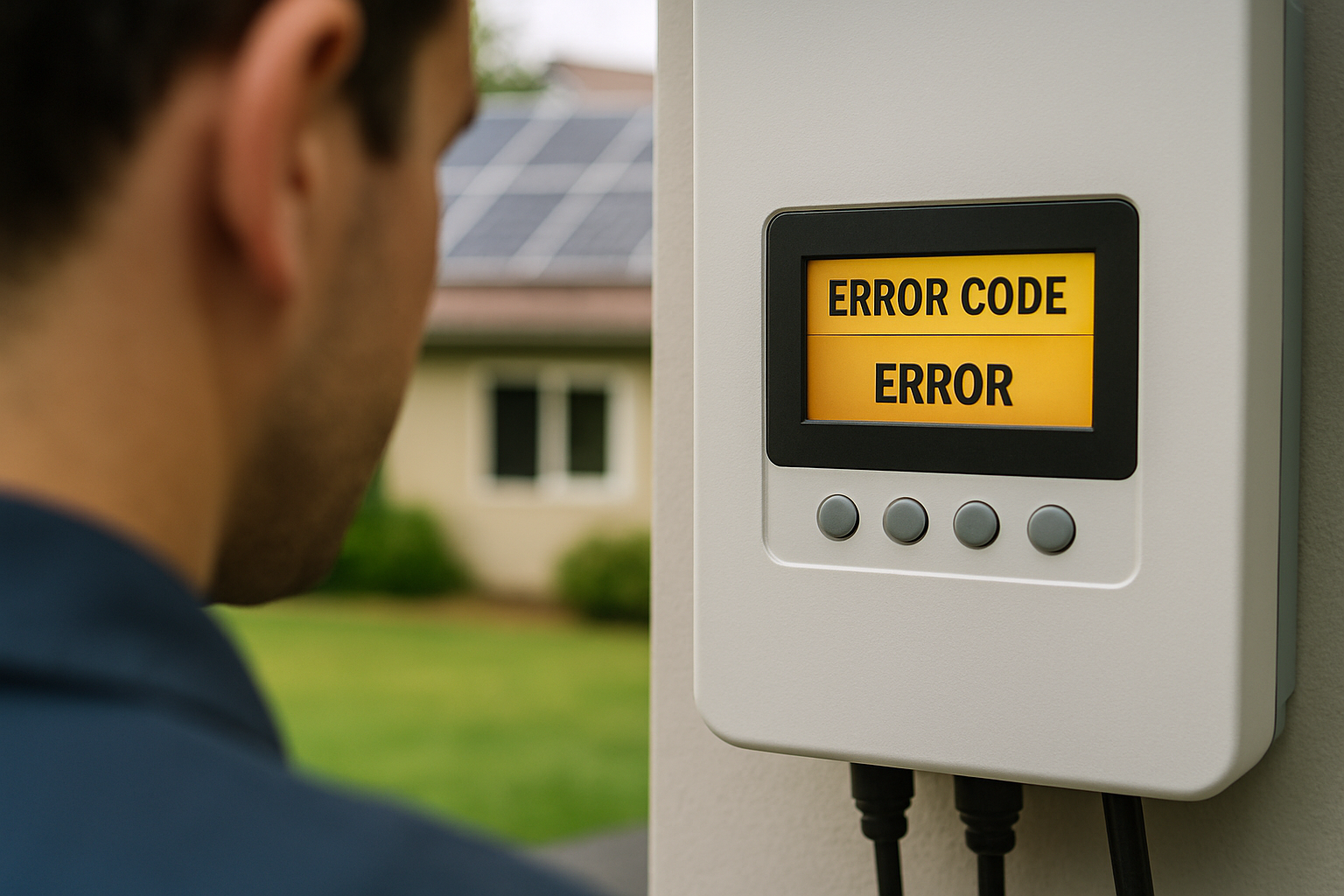Solar panels offer a path to energy independence, converting sunlight into electricity for homes and businesses. You expect consistent power, yet you might observe fluctuations in your system's output. Some dips are normal; they are part of how solar energy works. Other drops, however, signal a problem requiring a technician. Knowing the difference helps you maintain system efficiency and protect your investment.
Understanding Normal Panel Output Fluctuations
Solar panel output is not constant. It naturally varies throughout the day and across seasons. Several environmental and system design factors contribute to these expected changes.
Environmental Factors
The intensity of sunlight reaching your panels directly impacts their output. Sunlight intensity changes with the time of day, the season, and weather conditions. For example, panels produce more electricity at midday when the sun is highest. Output naturally decreases in the mornings and evenings.
Cloud cover also plays a significant role. Even thin clouds can reduce the amount of sunlight absorbed by panels, causing noticeable dips in production. Heavy snow accumulation can block panels completely, stopping production until cleared. Temperature also affects efficiency; high temperatures generally reduce solar panel efficiency, while lower temperatures can increase it. A study in Texas found that panels could lose as much as 25% efficiency after hail damage. In coastal areas, humidity and salt mist can accelerate corrosion of metallic parts, decreasing efficiency by up to 20% over five years.
System Design Considerations
Modern solar systems are designed with specific components that influence output. One key aspect is the DC/AC ratio, which compares the total DC power capacity of your solar modules to the maximum AC output capacity of your inverter. It is common practice to oversize the solar array (DC capacity) relative to the inverter (AC capacity) to maximize energy harvest throughout the day, especially during lower light conditions. However, if the DC input power exceeds the inverter's capacity, the inverter will limit the output to its nameplate rating. This phenomenon is known as "clipping losses." While clipping means some potential energy is lost during peak production, it often results in greater overall energy harvest across the day.
For example, a system with a DC/AC ratio of 1.25 is often considered ideal, allowing for greater energy harvest when production is below the inverter's rating, which it typically is for most of the day. Research indicates that increasing the DC/AC ratio can lead to more significant clipping losses, but it can also increase overall energy generation.
Identifying Concerning Output Dips
While some fluctuations are normal, certain output dips indicate an underlying issue that needs attention. Monitoring your system's performance is crucial for early detection. Many modern inverters and monitoring systems offer real-time data and alerts.
Sudden, Significant Drops
A sudden, unexplained drop in energy production is a clear red flag. This might show as a sharp decline in your monitoring app's daily kilowatt-hour output. Unlike gradual, predictable changes due to weather, these sudden drops suggest an immediate problem. For instance, a physical damage or internal malfunction in a single panel can cause a reduction in output, potentially affecting an entire string of panels connected to an inverter.
Consistent Underperformance
Your system might consistently produce less power than expected, even during ideal weather conditions. This underperformance, sometimes a slow decline over time, warrants investigation. While solar panels degrade gradually (typically around 0.5% per year), a faster or more pronounced decline indicates an issue beyond normal aging.
Common Causes Requiring Professional Intervention
When output dips are not normal, various issues could be at play, many of which require professional expertise.
Equipment Malfunctions
- Inverter Problems: The inverter converts DC electricity from your panels into usable AC power. A malfunctioning inverter can halt your entire solar system or cause low power output. Issues like overheating, electrical surges, or internal component failures can lead to inverter faults. If your inverter displays error codes, has no output power, or shows signs of low input voltage even on sunny days, it needs attention.
- Panel Defects: Solar cells can develop microcracks from thermal cycling or mechanical stress, reducing their ability to convert sunlight. Delamination, where layers of the panel separate, can allow moisture entry and lead to electrical failures. Hotspots, caused by localized shading, dirt, or manufacturing defects, can also damage cells and reduce output.
- Wiring and Connectivity Issues: Faulty wiring or loose connections can lead to system shutdowns or intermittent problems. Corrosion on metallic parts within the panels or connections can also compromise electrical conductivity.
External Damage and Environmental Factors
- Physical Damage: Severe weather, falling debris, or even hail can crack or break solar panels. Even minor cracks can allow moisture and dirt to seep in, leading to gradual degradation and reduced efficiency. Significant cracks affecting photovoltaic cells can cause substantial output reduction.
- Shading and Debris: While shading from clouds is normal, persistent shading from new tree growth, nearby structures, or accumulated dirt, dust, and debris on panels significantly reduces output. A study found that shading a PV module by a quarter, half, and three quarters resulted in a power reduction of 33.7%, 45.1%, and 92.6%, respectively.
- Pests: Animals can chew through wiring or build nests under panels, causing damage or shading.
When to Call a Technician: Clear Criteria
Recognizing when to seek professional help is vital for the safety, efficiency, and longevity of your solar system. Do not attempt complex repairs yourself, as this can be dangerous and may void your warranty.
Safety Concerns
Prioritize safety. If you notice any of these signs, contact a certified solar technician immediately:
- Exposed or damaged wiring.
- Burning smells from your inverter or electrical components.
- Signs of water damage near electrical parts.
- Unusual noises from your inverter.
- Physical damage to panels from severe weather, especially if the glass is shattered or the mounting system appears compromised.
Persistent Performance Issues
If your monitoring system shows consistent or unexplained drops in energy production that simple cleaning or seasonal changes do not explain, it is time for a professional inspection. This includes:
- Sudden, significant drops in power output.
- Consistent underperformance compared to historical data or expected output for similar conditions.
- Error messages or fault codes on your inverter display that persist after basic troubleshooting steps (e.g., checking breakers, restarting).
- Unexpected system shutdowns.
- Higher-than-usual electricity bills despite sunny weather.
A professional can diagnose the root cause, whether it is dirty panels, faulty equipment, or internal failures. They use advanced diagnostic tools to analyze energy output and circuit integrity.
| Output Dip Type | Characteristics | Likely Cause | Action Required |
|---|---|---|---|
| Normal Fluctuation | Gradual, predictable changes; follows sun's path and weather. | Time of day, season, cloud cover, temperature. | No action; typical system behavior. |
| Minor, Persistent Dip | Consistent slight drop, not explained by weather. | Dust, dirt, light shading from new growth. | Initial check for visible obstructions, consider professional cleaning. |
| Sudden, Significant Drop | Abrupt, large decrease in output; often unexplained. | Inverter fault, panel damage, wiring issue, severe shading. | Call a technician immediately. |
| Consistent Underperformance | System produces less than expected over days/weeks. | Degradation beyond normal rates, internal panel defects, inverter issues. | Call a technician. |
Warranty Considerations
Most solar systems come with warranties covering performance and equipment. Attempting DIY repairs on complex issues can void these warranties. Engaging certified professionals ensures that any repairs or replacements align with warranty terms, protecting your long-term investment. Regular professional inspections, often part of maintenance packages, can also help catch issues early and ensure compliance.

Ensuring System Longevity and Performance
Maintaining your solar energy system is a proactive process. Understanding the difference between normal output variations and concerning dips empowers you to act decisively. While environmental factors like weather naturally influence solar production, persistent low output or sudden drops signal a need for professional assessment. By promptly addressing these signs and relying on certified technicians, you safeguard your investment and ensure your system continues to provide reliable, clean energy for years to come.
Remember, your solar energy system is a complex integration of advanced technology. Regular monitoring and timely professional intervention are key to maximizing its efficiency and extending its operational life. For instance, the International Energy Agency (IEA) emphasizes the importance of managing variability and uncertainty in renewable energy deployment to ensure grid stability. This underscores the need for robust system health, which includes addressing panel output issues. Proactive care ensures your journey towards energy independence remains smooth and productive.





Leave a comment
All comments are moderated before being published.
This site is protected by hCaptcha and the hCaptcha Privacy Policy and Terms of Service apply.